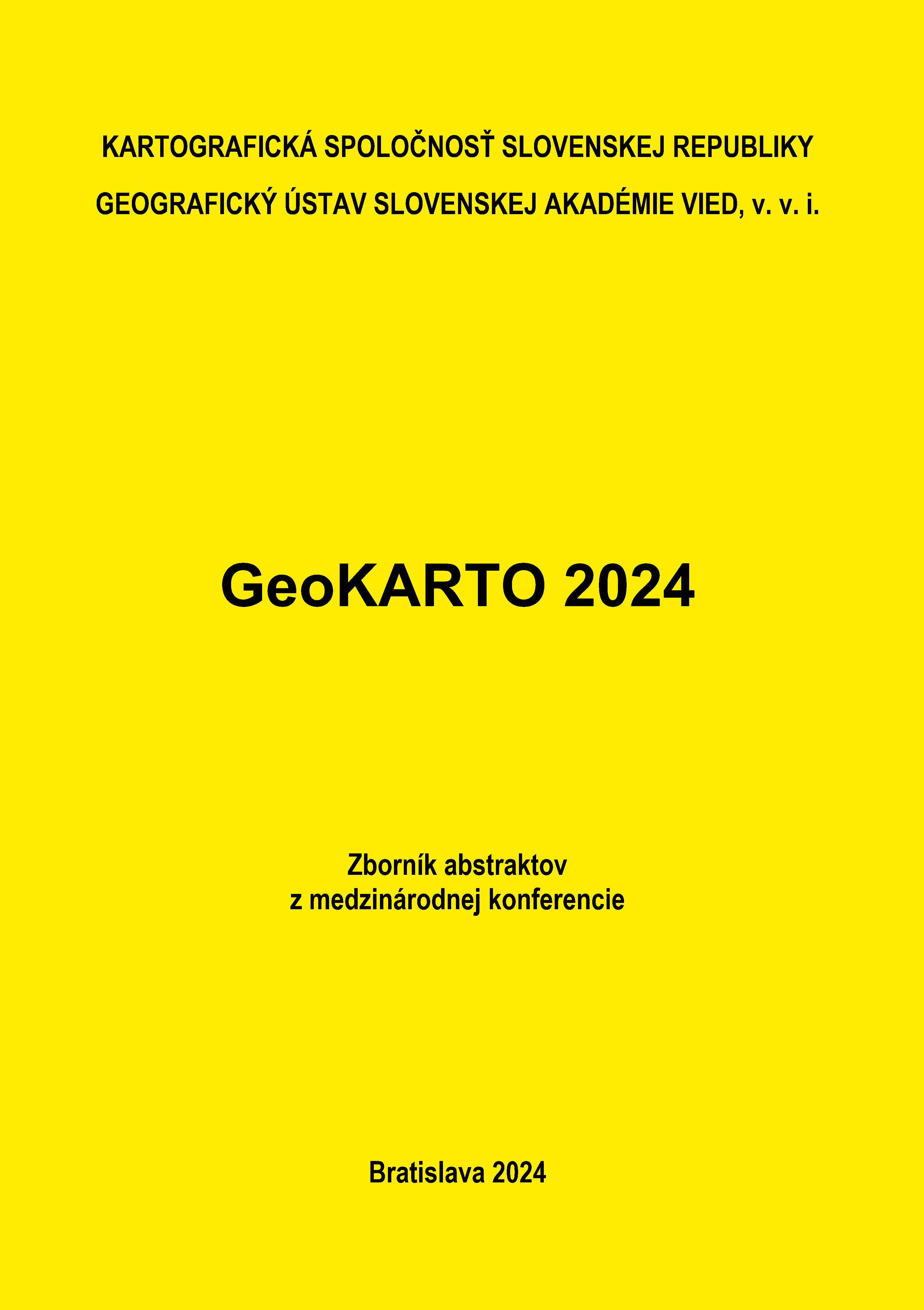COMPLEX FOREST LAYERS MAPPING BASED ON TERRESTRIAL LASER SCANNING IN POINT CLOUDS
KOMPLEXNÉ MAPOVANIE LESNÝCH VRSTIEV ZALOŽENÉ NA POZEMNOM LASEROVOM SKENOVANÍ V MRAČNÁCH BODOV
Keywords:
TLS, Point clouds, Forest layers, Understory, Segmentation, MappingAbstract
Terrestrial laser scanning (TLS) is used for the acquisition of precise data from forest areas and their environment, offering a comprehensive three-dimensional (3D) representation of trees through point clouds. The primary aim of this investigation is to partition the layers of the forest, delineating trees and the understory within the complex forest structure characterized by dense tree populations addressed within the university forest enterprise in Slovakia. The attainment of such segmentation with enhanced precision using alternative methodologies poses a considerable challenge. The visual representation of the scanned data gathered utilizing the FARO Focus laser scanner is examined in this research, with trees and understory being assessed by individually measuring each tree within the sample dataset for segmentation purposes. The selection of trees depends upon the density of point clouds, which reflect the configuration of each tree and the understory, facilitating the extraction of optimal maps featuring essential attributes. Trees with diameters below 5 cm are classified as part of the understory, whereas shrubs and other vegetation displaying distinct stem structures are effectively discerned within the three-dimensional representation of the scanned data. The utilization of FARO Scene software proves to be effective in generating point clouds for segmentation and measurement processes. This modern computational technology demonstrates a high degree of efficiency in processing millions of point clouds to achieve the necessary level of accuracy, particularly advantageous in the cartography of various elements, notably trees and their immediate environment. The findings of this research hold significance in the field of remote sensing applications within forestry for the quantification of forest resources. Subsequent endeavors will entail the adaptation of the TLS-based methodology for potential cartography of dead or fallen trees, and the exploration of improved techniques for biodiversity assessment within forest ecosystems.
Downloads
Published
Versions
- 21.01.2025 (2)
- 03.09.2024 (1)
Issue
Section
License
Copyright (c) 2024 GeoKARTO 2024

This work is licensed under a Creative Commons Attribution-NonCommercial 4.0 International License.

